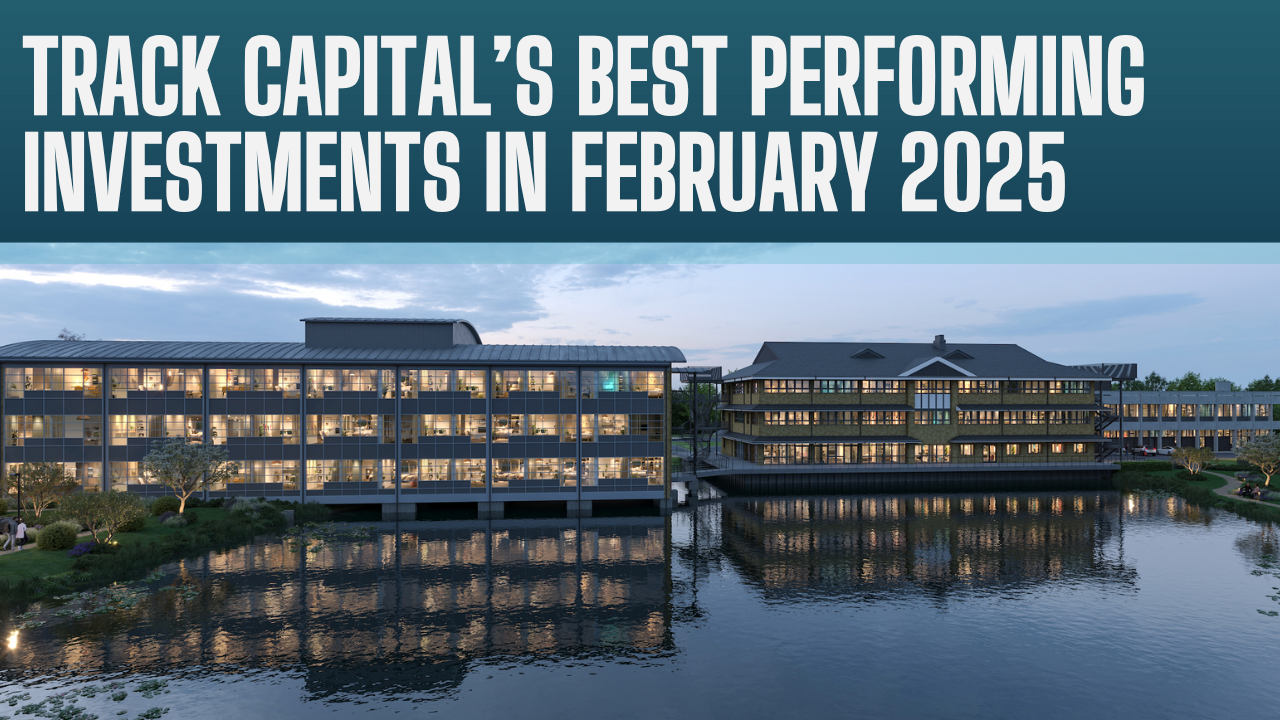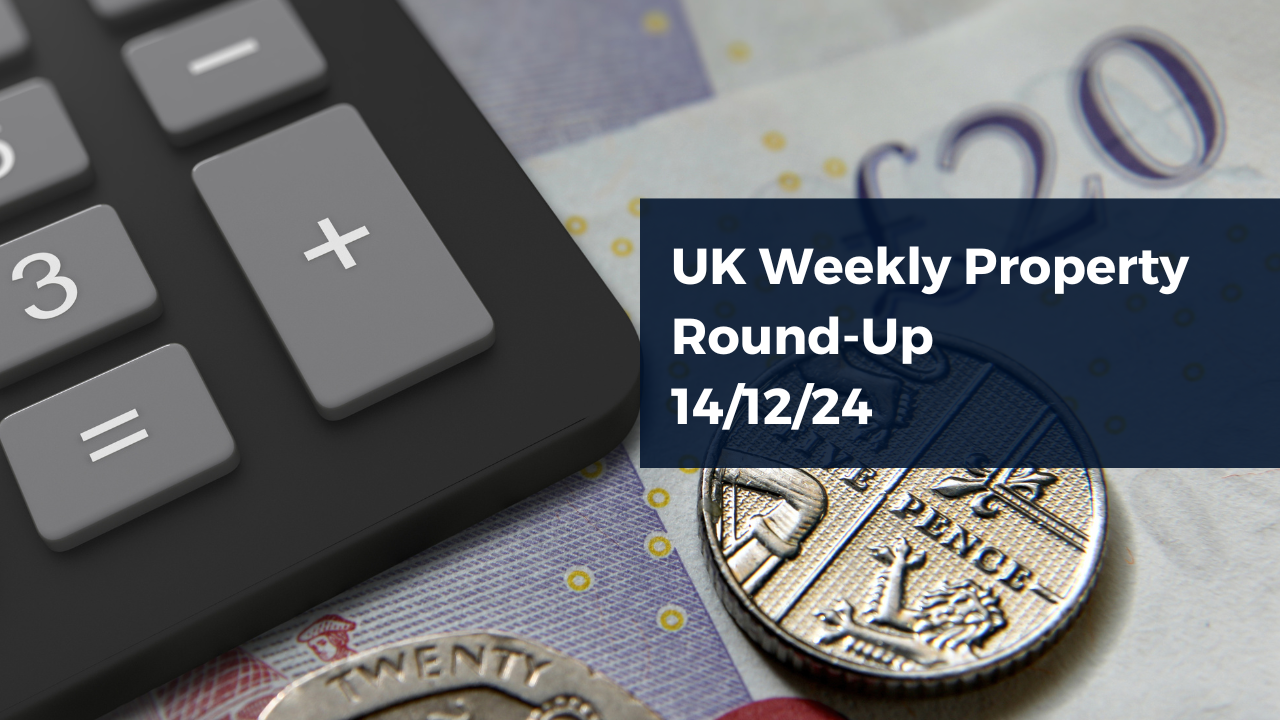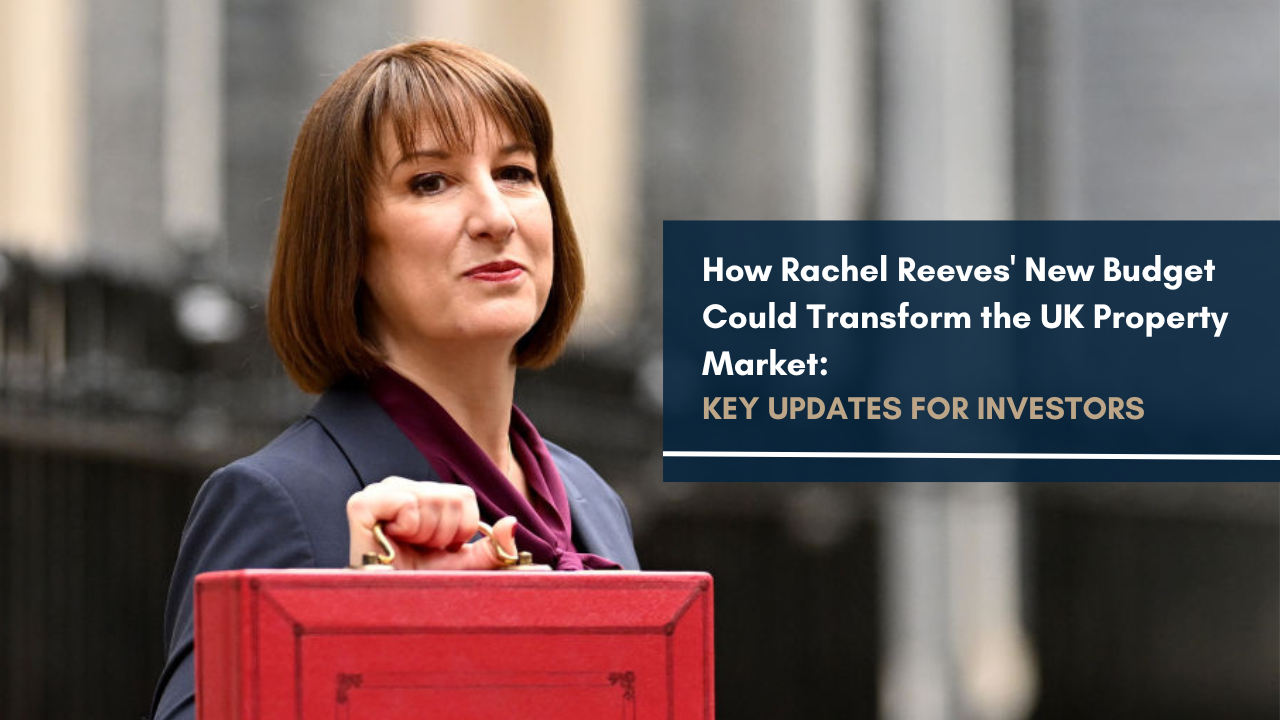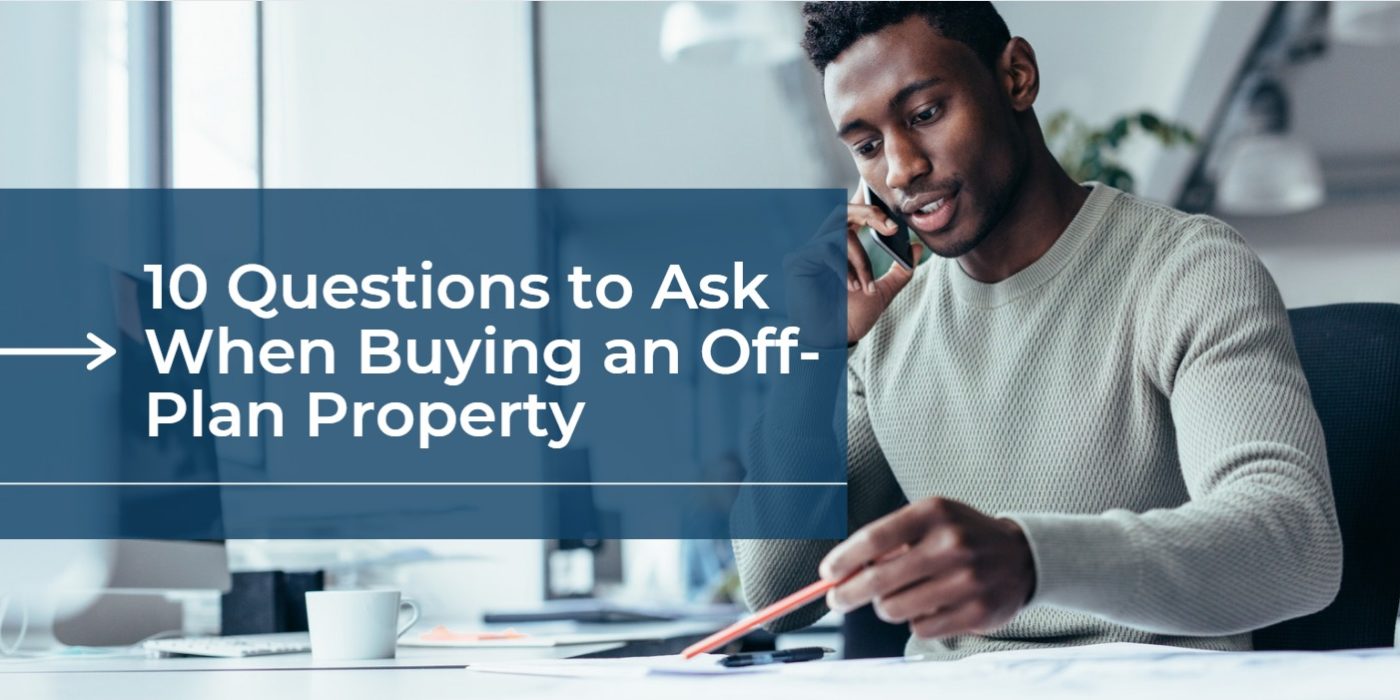We meet hundreds of fresh, new property investors each year.
Some already have a rental property, while others are looking to buy. They’re eager and passionate, but they want to invest sensibly and build a property portfolio.
But how do you turn your initial investment into a successful, balanced portfolio?
It isn’t as simple as “just keep buying properties”. There’s much more to it. This is real life, not monopoly.
After all, most investors only have enough cash to fund one purchase. And there are other things to consider, like market research, diversification, and, long-term, managing a growing portfolio.
Fortunately, we’ve been there. Not only have we helped investors from all around the world with their portfolios, but we have personal experience too.
So, with that in mind, we want to share our advice.
What is a property portfolio?
A property portfolio is a set of properties owned by a single individual, a partnership, or a company. The idea is that the properties in the portfolio generate a return for the investors, usually through rental income or long-term capital appreciation.
As such, most portfolios tend to mostly consist of residential or commercial buy-to-lets, which offer a stable income for the owner.
Financial preparation
Put simply, you can’t start a property portfolio without having the money to do so. But how much do you need?
Well, it depends.
Some investors are in an extremely fortunate financial position and can afford to buy a property outright in cash.
However, the vast majority of investors will require financing. Fortunately, there are plenty of financial products available these days, including, most commonly, the buy-to-let mortgage.
Still, a buy-to-let mortgage will require a deposit, which is typically 20-40% of the purchase price. There are also added extras that you might not have considered, like legal fees and Stamp Duty.
So, at the very least, you will need a fairly large lump sum of cash. We’ve previously written about how much that lump sum should be and concluded that around £50,000 is a good starting point for investing in residential property. However, you’ll need more if you plan to invest in commercial property (which is much more expensive) or purpose-built student accommodation (which can’t be bought with a mortgage).
If you don’t have that much, you could keep saving or you could look at the lower end of the property market. Despite average prices rising to £292,000 in the UK, there are still pockets of the UK where prices fall under £100,000, yet deliver excellent returns (our rental yield map can help).
Building & scaling a property portfolio
Step 1: Pick a location
Okay, so let’s say you have the money to either purchase outright or put down a deposit on a mortgage.
Before you go any further, you need to conduct thorough market research and decide on a target location for your first investment.
The best areas for property investment offer a combination of high rental yields, strong tenant demand, and good potential for capital growth. Here’s what you’re looking for:
- High rental demand, with tenants willing to pay competitive rates. Areas with large numbers of students and young professionals tend to have the highest rental demand.
- Locations with good transport links, schools, healthcare, and retail facilities are more attractive to tenants. Keep in mind different types of tenants will have different priorities.
- Emerging areas often offer better affordability with the potential for growth as they become more popular. This is usually driven by local regeneration and development plans, which can drive up property values and tenant demand over time.
Step 2: Buy your first property
Once you’ve picked a location, it’s time to buy.
For your first property, you’re looking for good value. Don’t overstretch yourself and keep it relatively low-risk.
With that in mind, we recommend looking at off-plan properties. This is because off-plan properties are usually available below market value, with discounts and offers available from the developer.
This can put you in a strong, profitable position by the time the development is complete and ready to let. And that, in turn, can make growing your portfolio easier in the long run. There are several other benefits to buying off-plan, too.
As off-plan properties are not yet complete, there is a small risk that the project may fail. While this would be frustrating, your funds are usually protected and will be returned to you, and they can even earn interest while deposited.
Step 3: Grow gradually
So, how do you turn one property into two, two into three, and so on?
If you have the funds, nothing is stopping you from purchasing more properties and building out your portfolio straight away.
But for those in this situation, our advice is to be patient and grow gradually.
You should build up some experience of owning and managing one property to begin. It will take up more of your time than you may have planned for, especially if you intend to be hands-on with daily admin, dealing with tenants, repairs, and whatever else crops up.
Once you’re comfortable and things are running smoothly, then look to add in a second property. Take time to adjust to that, then repeat again. At this point, there’s no stopping you, but you should always move carefully and keep your portfolio well-balanced (see step 4, below).
If you don’t have the money to fund another purchase immediately, then you will need to take a different approach:
- Manage your first property as normal, ensuring rental income more than covers mortgage payments and running costs.
- After a few years, the property value should have increased if you picked wisely (and given normal market conditions). You will also have paid off a portion of the mortgage. In effect, you will have a substantial amount of equity tied up in the property.
- You can release this equity by remortgaging the property at its new value. This allows you to clear the outstanding loan and retain the additional cash.
- The additional cash can then be used as a deposit for a new buy-to-let (or even multiple properties, depending on how much you have).
This tactic requires time, but the process is effective and popular with experienced investors. Moreover, it can be repeated, again and again, to scale your property portfolio.
Pro tip: If you can afford it, use any profits from your first property to make overpayments on your mortgage (if allowed by your lender). This will help increase your equity quicker and unlock new financing sooner. It can also knock years off your mortgage repayments, saving thousands in interest.
Step 4: Diversify as you grow
Diversifying your property portfolio helps you spread risk.
The property market can be unpredictable, with demand and rental yields varying by region, property type, and economic conditions. So, by investing in a mix of properties, you can protect yourself against regional downturns or changes in tenant demand, creating a more stable income stream.
We recently discussed the importance of diversification on our Pure Property podcast, so check it out for more information.
But to keep it brief, here are some key takeaways to consider when diversifying your budding portfolio:
- Types of property: Picking a balance of residential buy-to-lets, purpose-built student accommodation, HMOs, and even commercial properties can result in a varied income profile.
- Regional differences: You can protect your portfolio from regional market shifts by investing in different areas. This reduces reliance on one location and takes advantage of growth in multiple areas across the UK.
- Types of tenants: By targeting a mix of tenant demographics, you can create a portfolio with varied demand drivers, reducing vacancies and enhancing rental stability.
- Yield and capital growth: Properties in high-demand areas may generate strong rental income, but properties in other areas may see better capital growth (such as parts of London). Long-term, a balance between the two can result in exceptional returns.
Summary
In principle, that’s all there is to it: strong planning, strategic purchasing, scaling, and diversification.
Of course, there are finer details at every stage, but the steps above show you how to build a property portfolio from the ground up – regardless of your starting financial position.
If you’d like further support with understanding the market, identifying suitable investment properties, and putting together an investment strategy, then we can help.
We’re a property investment company with offices in London and Dubai. We operate across the UK, keeping on top of the best investment opportunities for our clients.
We can help you start and scale your portfolio, connecting you with properties that meet your goals and budget. For more information, get in touch with our team today using the contact form below.


































